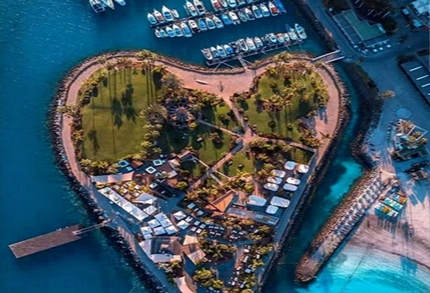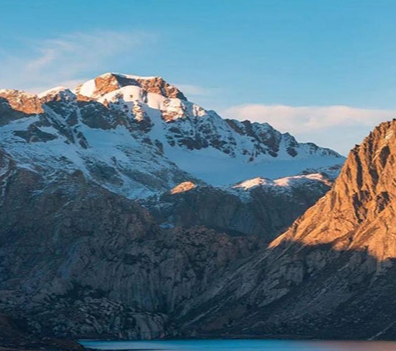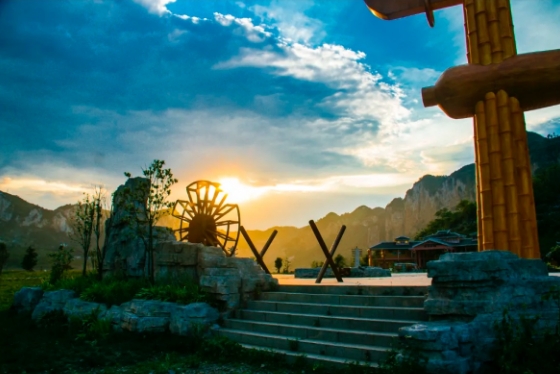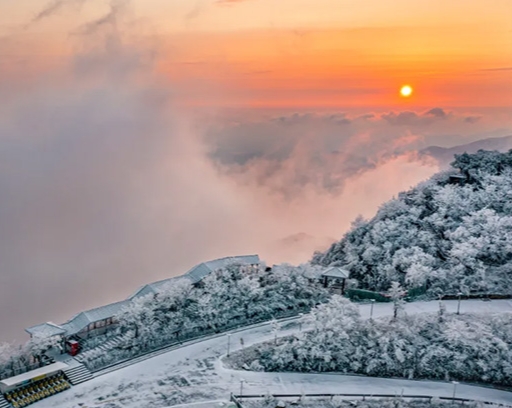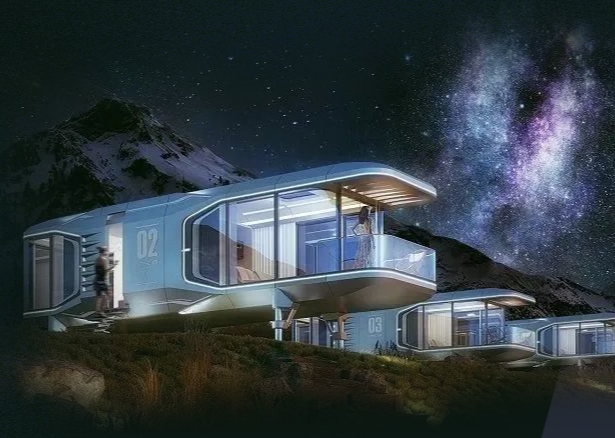Lower Austria is rich in archaeological excavations and many cultural monuments: important unearthed artifacts include the Stone Age (such as the Venus of Velendorf) and the "Roman Empire ruled Austria" (the residential area and barracks of Kanontum). Roman and Gothic charities and churches, magnificent Baroque monasteries and palaces make Lower Austria a special favor among art connoisseurs. The Danube Theater Festival in Lower Austria showcases a variety of internationally influential art programs to the world.
Tourism is quite developed in the Alps, various spa resorts and the Danube Gorge. In western Lower Austria, the 30-kilometer (18-mile) Danube Valley between Melk and Krems is particularly famous. The Wachau is famous for being the most beautiful part of the entire Danube Valley. Stepped vineyards and orchards surround the picturesque village on the river, and a number of castle ruins stand at the top of the canyon. Known as the "Pearl of the Wachau", the small town of Durnstein has completely preserved its medieval and Baroque architecture. The site of a fortified castle was once the place where the British King Richard I was imprisoned (1192-1193). The area was designated as a World Heritage Site by UNESCO in 2000.
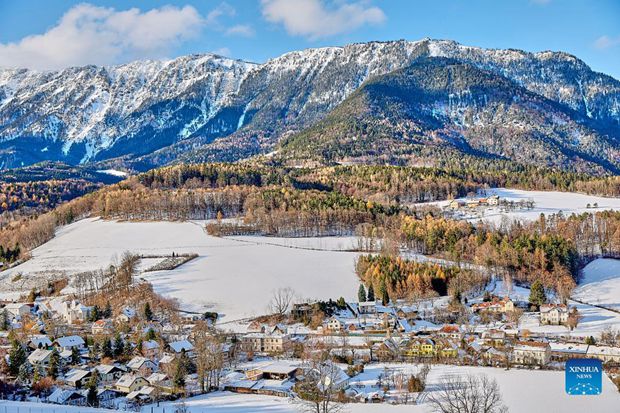


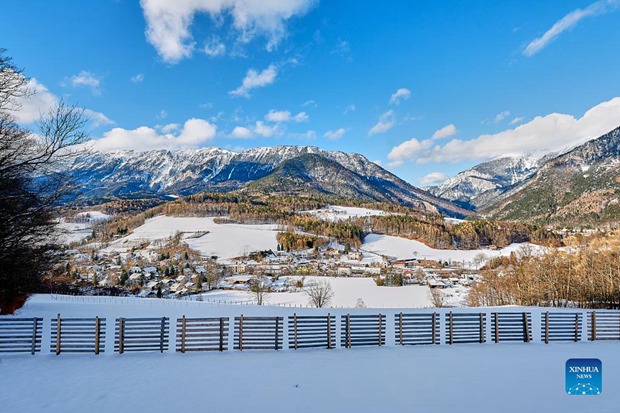

Photos show the snowy landscape in Rax, Lower Austria, Austria. (Photo by Georges Schneider/Xinhua)

